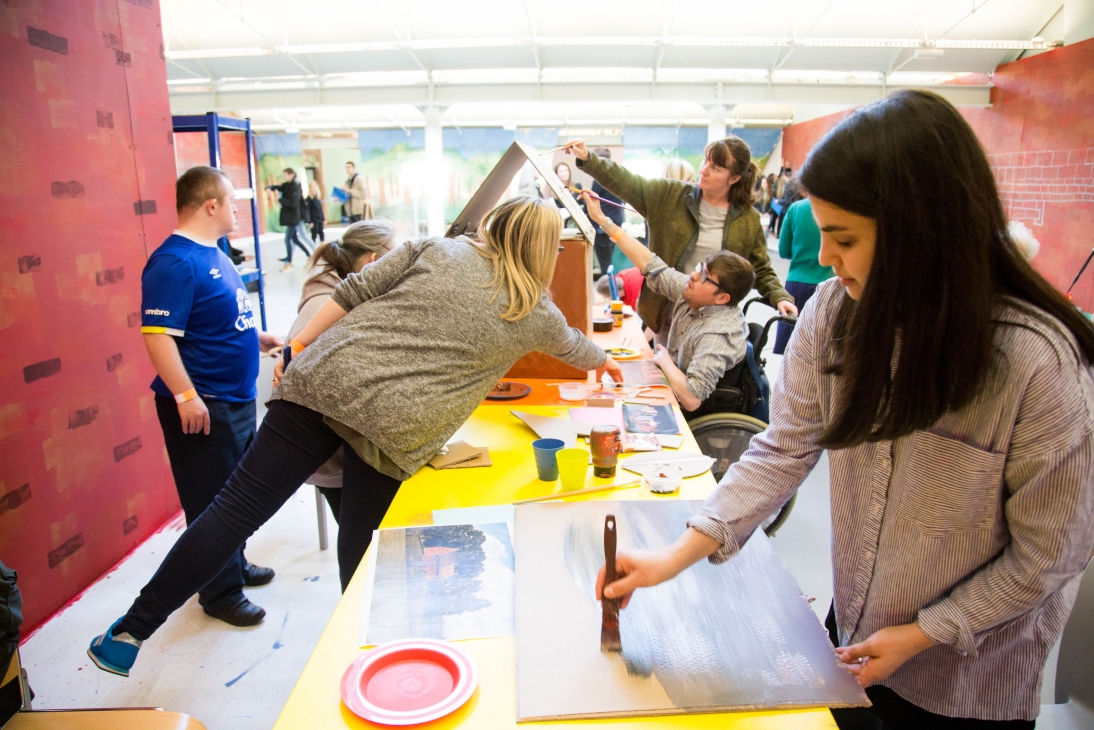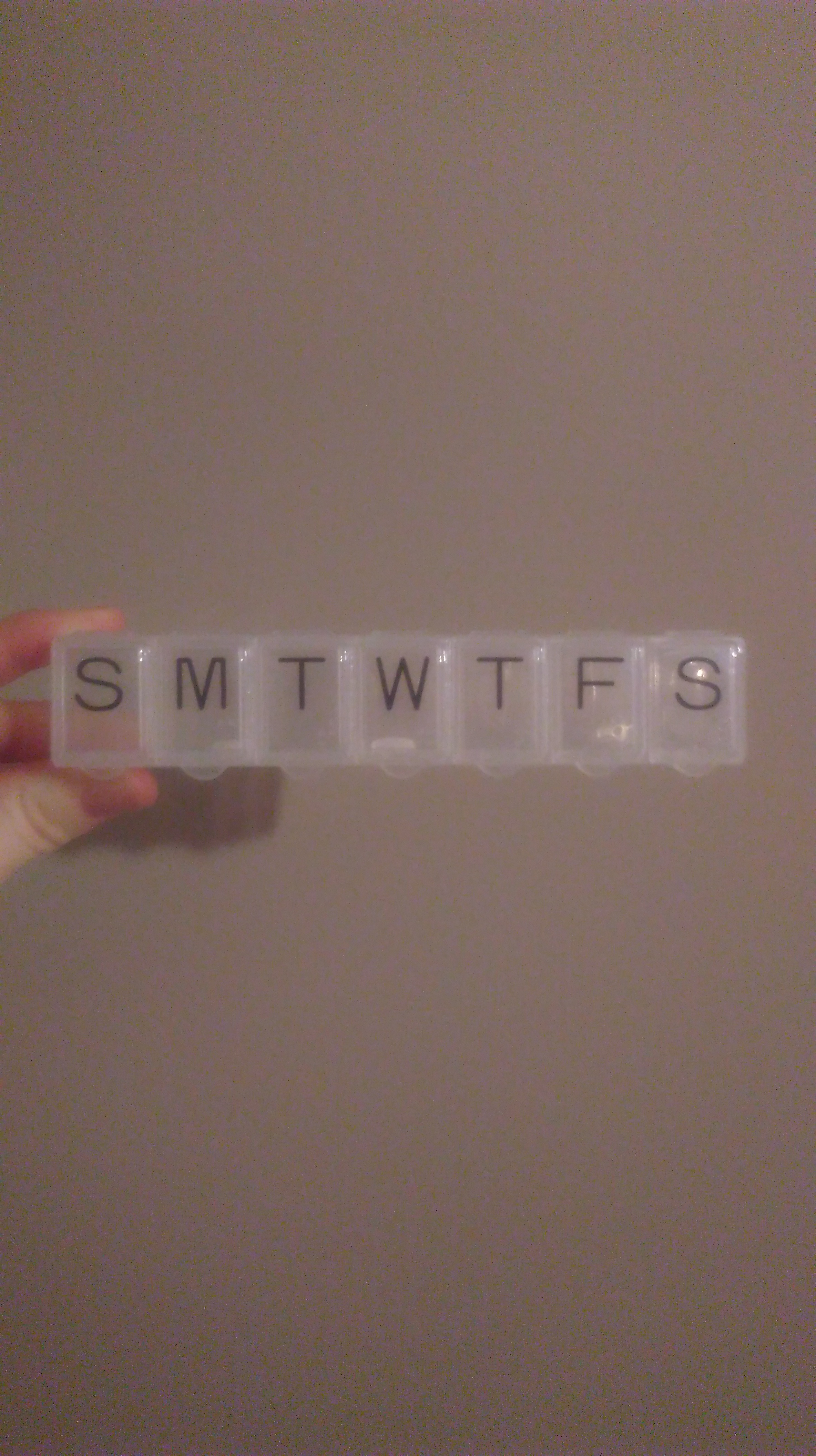Back in a time before touchscreens and Tinder, there was Tiswas. Innocent, inexplicable Tiswas. At the turn of the 1980s, this Saturday morning TV chaos-fest was the hectic, hydrophilic yang to Multicoloured Swap Shop’s somewhat less water-logged yin.
If the Beeb’s Noel Edmonds-helmed swappathon was like being welcomed into the weekend by a determinedly trendy teacher who still told you off for not wearing trousers in the correct shade of black, ITV’s offering was like a Dadaist art prank beamed directly into the minds of the nation’s youth.
It was ripe with mess, in-jokes and silliness, and at its core was the biggest playground catchphrase of 1981. This involved the word “okay” being stretched to infinity and beyond in comedic fashion by Lenny Henry’s humorous Rasta character, Algernon Winston Spencer Castlereagh Razzmatazz.
While Henry’s character was very much of its time, and possibly too racially sensitive to bear close examination today, the word “okay” existed then, as now, in a state of timelessness. Often said to be the most recognisable word in the world, it is definitely the biggest cultural export ever to emerge from the town of Kinderhook, USA.
At which point, you may wonder what a town you’ve never heard of has to do with the most successful human utterance of them all. And if that’s the case, perhaps a trip to Tate Liverpool is in order, as its current show OK – The Musical prepares to explain all this and much more.
OK – The Musical is a project by the American artist Christopher Kline. For four weeks, Kline is working with community groups from Liverpool and Burnley to bring this full theatrical production to fruition. Having started with an empty gallery on April 1, Kline and his collaborators are currently planning, painting, building and rehearsing every element of the show, with gallery visitors welcome to wander in and see it all happen. The project culminates in two performances at the end of this month.
But where does Kinderhook come in?
 Kinderhook is a small town just south of Albany in New York State. It is the place where Kline grew up, and its history – its entire history, from “the beginning of the world until the near future” – is the subject of this show.
Kinderhook is a small town just south of Albany in New York State. It is the place where Kline grew up, and its history – its entire history, from “the beginning of the world until the near future” – is the subject of this show.
Seen from one angle, Kinderhook is an ‘every town’, a location that represents the perceived insignificance of small settlements all over the world. These are the places that just keep on keeping on in the shadow of bigger, brasher neighbours, where communities grow, live and die, often without much sense that they are having an impact on the wider world at all.
However, from another angle, Kinderhook has plenty of significance. A US President, Martin Van Buren, came from the town. Washington Irving’s classic ghost story The Legend of Sleepy Hollow was based on its characters and locations. And then there’s that famous two syllable word.
According to the fascinating pamphlet that Kline has written to accompany this project, there was a fad for comical abbreviations around the Boston area in the early 1800s. One of them was “OK”, meaning “oll korrect” (or “all correct”). This would perhaps have gone the way of all fashion and faded away had it not been for the fact that President Martin Van Buren was widely known as “Old Kinderhook”, and his supporters took to using the phrase “OK is OK” as a campaigning slogan.
From such accidents of history, linguistic behemoths are born.
So while a tiny American town may seem an odd subject for a community musical in Liverpool, it may be that it is the perfect metaphor for the way in which small lives can make big waves. Or alternatively, to be a whole lot less feel-good about it, for the way that big myths can be spun from convenient facts.
Either way, you can begin to see how it gives an artist plenty to chew on.
This is a good thing, as Kline and his rag-tag team definitely have a lot of chewing to do between now and curtain-up at the end of April. When I track him down at Tate Liverpool, he is in the middle of helping a young lad called Josh build a model of the Kinderhook church tower out of cardboard. They are surrounded by people painting scenery, making constructions, clamouring for assistance or just getting on with the task at hand.
If there’s order in the apparent chaos, I hope Kline can see it. And I think he does, as he seems calm enough.
Some of the logistical challenges presented by the project must come from the fact that so many groups are involved, and I ask Kline how these connections were made.
“I had some ideas about the different kinds of people I might want to work with,” he tells me, “and then there was a research process with Lindsey Fryer of Tate Learning who helped put me in touch with various groups. It was a matter of finding out who wanted to meet, who didn’t have a huge project going on in April, and then when I came over for the first time last October, I started meeting people.”
Liverpool-based groups involved in OK – The Musical include The Choir With No Name, which is a choir for those who have experienced homelessness, and Blue Room, the inclusive arts programme at the Bluecoat, along with the Young Person’s Advisory Service which provides counselling, support and information across the city.
Kline is also keen to highlight the links with Burnley, as the town’s Super Slow Way organisation has co-commissioned the project.
“Every Thursday and Friday I go over to Burnley,” he says, “where we meet at Valley Street community centre. The Valley Street textiles studio is making a banner for the musical, and there’s an inclusive arts programme called Ground Up that meets at Burnley Mechanics. They are helping to make props and costumes.”
Given that most of these community groups are deeply rooted in Northern England, I ask Kline how relevant his town’s story actually is.
“It acts as a case study into small towns that could be applied to others. Small towns’ histories often aren’t written at all. And if they are, it’s usually by a volunteer who, once every 50 years or so, writes it down as a favour. And they’re often really superlative, saying our town is great, we’ve always been great, everyone’s always been nice.
 “But I left Kinderhook when I was 18 so I’ve been out for about half my life. So I’m able to have distance, and can be somewhat critical about the politics of the past or different moments in history, and I don’t have to make everything sound great. Though obviously I’m promoting my town in some weird way.”
“But I left Kinderhook when I was 18 so I’ve been out for about half my life. So I’m able to have distance, and can be somewhat critical about the politics of the past or different moments in history, and I don’t have to make everything sound great. Though obviously I’m promoting my town in some weird way.”
Although everyone’s experience of growing up in a specific time and place is different, I recognise the way that Kline talks about his home town and the effect that moving away can have.
“You start to see how the place you come from shapes your lens, and you realise that things you once thought of as normal might not be so commonplace. For instance, The Legend of Sleepy Hollow was based on people from Kinderhook, and our high school was named Ichabod Crane Central. It seemed normal, but eventually you realise that not many schools are named after someone in a ghost story.”
As we talk, I begin to think of OK – The Musical as a welcome reversal of the way that some contemporary art projects are initiated, in which an international artist is deposited in a place and commissioned to ‘respond’ to what they find. The results can be illuminating, but just as often they are superficial and conceptually wafer-thin. Instead of offering the citizens insight, they can result in muttered discontent.
Kline says: “I’ve presented my project to a lot of people, and some ask why a kid from Burnley Wood should care about Kinderhook. And I say, well, they don’t have to. But I can’t come over and do a musical about Burnley. It would be nonsense. So I can only tell them what I know, and they can learn from that, and I can learn from them. It acts like a fable or something, like folklore. Because you can do Jack and the Beanstalk but it doesn’t mean you have to have a beanstalk in Burnley. Instead, you find these truths that are universal.”
Just as I’m winding up our brief chat, Josh reappears and calls over to Kline.
“Chris, the tower’s finished,” he says, looking chuffed to bits.
“Great!” replies the artist, and smiles.
Somewhere over the other side of the gallery there’s a cylinder of cardboard bound up in masking tape, topped by a drawing of the Kinderhook church clock. That it’s been put together in an international art gallery on the banks of the Mersey, by a scouse lad using just a photo from the internet as a guide, is definitely odd. But when you consider the gargantuan linguistic wave that has already rippled out from that tiny New York town, this impending musical seems like just another chapter in its story.
Everywhere I look in this Tate Liverpool gallery, the evidence that small places can touch the world in unexpected ways is all around me, and thanks to OK – The Musical, it feels like something to celebrate. And as my early-80s playground-based iteration would once have put it (in the manner of a fresh-faced Lenny Henry), that’s “oooooookaaaaaaaaaay” by me.
By Damon Fairclough, Liverpool Correspondent
OK – The Musical runs at Tate Liverpool until May 1, 2017. The entire production process is open to gallery visitors, and the project culminates in two performances of the show on April 29-30. More info: http://www.tate.org.uk/whats-on/tate-liverpool/exhibition/ok-musical











